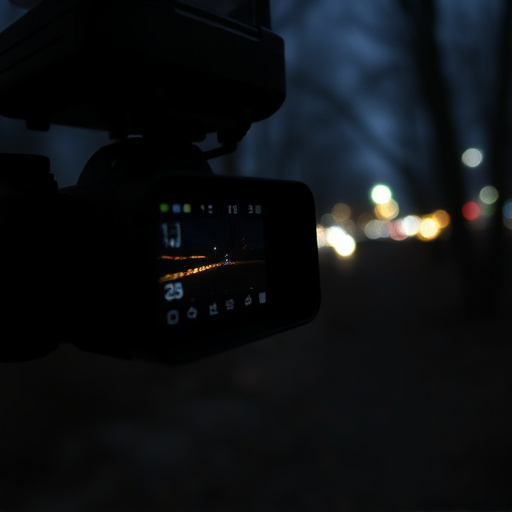Battery Operated Hidden Childcare Cameras offer parents remote monitoring of their children's care environments, providing real-time video access via discreet placement and power-efficient design. Detecting these cameras requires RF (Radio Frequency) detector sweeps to identify wireless signals for video transmission. While offering reassurance, their use raises ethical and legal concerns, especially in daycare centers where strict regulations require informed consent and open communication between parents and caregivers to respect privacy boundaries and data protection laws.
Uncovering hidden cameras in childcare settings is a crucial step towards ensuring safety. This tutorial focuses on a practical method using RF detector sweeps to identify battery-operated hidden childcare cameras. We’ll guide you through understanding these devices, detecting their signals, and navigating the ethical and legal aspects surrounding their use. By the end, you’ll be equipped with the knowledge to protect children and maintain trust in childcare environments.
- Understanding Battery-Operated Hidden Cameras for Childcare
- Detecting and Locating These Cameras: The RF Detector Sweep
- Ethical Considerations and Legal Implications: Using Hidden Cameras in Childcare Settings
Understanding Battery-Operated Hidden Cameras for Childcare
Detecting and Locating These Cameras: The RF Detector Sweep
Detecting hidden cameras, especially those battery-operated childcare cameras, requires a strategic approach—enter the RF (Radio Frequency) detector sweep. This method is an effective way to uncover clandestine devices that broadcast wireless signals for video transmission. By employing an RF detector, trained professionals can identify and locate these tiny yet powerful surveillance tools.
The process involves sweeping the area with the detector, which listens for specific frequencies associated with hidden cameras. When a match is found, further investigation reveals the camera’s location. This technique is particularly useful in childcare settings where privacy and safety are paramount. Professionals can ensure that no covert recording devices exist, providing peace of mind for parents and educators alike.
Ethical Considerations and Legal Implications: Using Hidden Cameras in Childcare Settings
When employing hidden cameras, especially in sensitive environments like childcare settings, ethical considerations and legal implications come into play. While parents may seek reassurance through battery-operated hidden childcare cameras to monitor their children’s activities, it’s essential to approach this practice with caution. Respecting privacy is paramount; installing hidden cameras without informed consent from all involved parties can breach ethical boundaries and potentially violate laws related to surveillance and data protection.
In many jurisdictions, there are strict regulations governing the use of video surveillance, particularly in places where individuals might reasonably expect privacy, like daycare centers. Using hidden cameras must adhere to these rules to ensure compliance and protect the rights of all individuals involved. Parents should be transparent about monitoring measures they employ, fostering open communication that respects both their needs for reassurance and the children’s right to privacy.
In conclusion, while battery-operated hidden childcare cameras can serve as a crucial tool for ensuring safety and monitoring, ethical considerations and legal implications must be carefully navigated. Understanding how to detect these devices using RF detector sweeps is an essential step in identifying potential surveillance. As technology advances, it’s vital to strike a balance between privacy protections and the need for transparent childcare environments.
